Local ports: Eden, Port Arthur, Mooloolaba, Kangaroo Island, Exmouth
Regional communities around the nation’s coast have become cruise tourism champions.
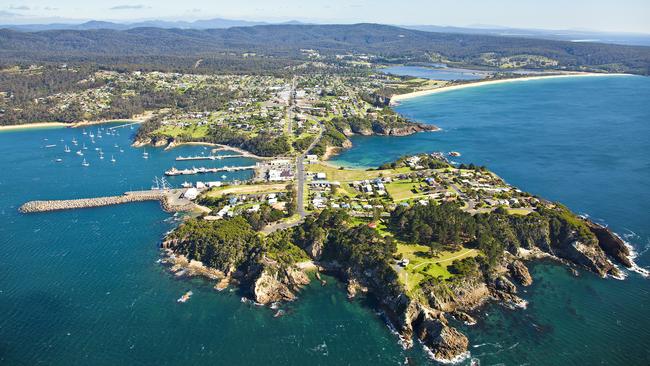
In April, just after the port of Eden on the far south coast of NSW had farewelled its annual cruise season, the town’s phones started running hot. A Melbourne couple aboard P&O Cruises’ Pacific Explorer needed help. They’d planned a wedding ceremony on Moreton Island off Brisbane but, thanks to mechanical issues, their ship was diverting to this historic whaling port.
After the panicked bride approached ship’s reception, it took only two hours for a celebrant, venue, florist, photographer and buses to transport the couple’s guests, also aboard the ship, to be organised. Eden, with a population of a smidge over 3000, had risen to the challenge, doing regional cruise ports proud. The rest of Pacific Explorer’s passengers poured ashore to partake of tours, a welcome from the Bega Valley town crier and advice from the army of red-shirted Cruise Eden volunteers on where to find good coffee and free Wi-Fi.
About 1.34 million Australians took an ocean cruise last year and many regional communities strewn around the nation’s coastline have transformed into cruise tourism champions. Passengers who head ashore to explore spend up big and, if their impression is favourable, they might return one day to spend even more.
Cruise Lines International Association Australasia’s Cruise Industry Source Market Report, released in May, found Australians like to cruise locally, with the South Pacific (35 per cent) and Australia (34 per cent) accounting for the most passengers. CLIA Australasia managing director Joel Katz says, “With about one-third of Australian cruise passengers embarking on [a local] itinerary in 2017, regional economies continued to reap the benefits. As long as infrastructure and regulatory policy allows, we will increasingly see vessels home-porting outside of Sydney in cities including Brisbane, Melbourne, Fremantle and Adelaide, and visiting regional ports such as Broome, Eden, Geraldton and Gladstone, to cater to this demand.”
Eden certainly isn’t resting on its laurels. Next year, a $44 million wharf extension will open, allowing cruise ships of every size to pull into port instead of mooring in Twofold Bay and ferrying passengers ashore via tender. Bega Valley Shire Council general manager Leanne Barnes says the facility would increase disembarkation numbers. Last season, Eden enjoyed a 90 per cent disembarkation rate, a remarkable figure for a port using tender boats, with those 20,000-plus passengers from 14 ships spending an estimated $4.7m.
Eighteen per cent of passengers signed up for a tour. Perhaps they explored the Bundian Way, an ancient indigenous trade route that connects the Australian Alps with the coast, sampled oysters straight from the Pambula River estuary or took buses to nearby Merimbula. “It’s about being able to deal with a large number of people at once,” says Barnes of Eden’s success as a cruising port of call. The town expects 17 ships during the summer “wave season” in 2018-19, including high-end vessels Silver Muse and Crystal Serenity.
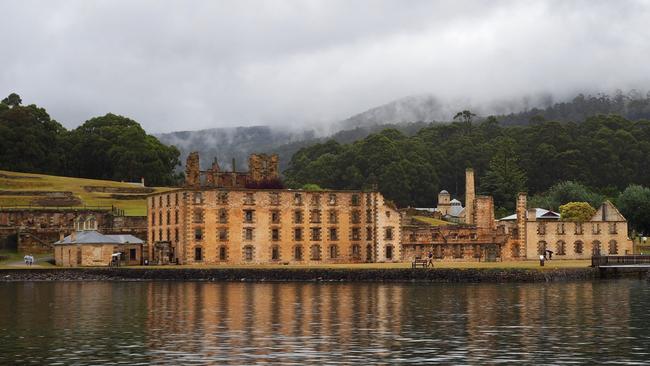
The 3560-passenger Majestic Princess will anchor off Tasmania’s Port Arthur on November 20. The sight of the ship, the line’s largest to cruise Australasian waters, won’t faze Anne McVilly. The director of tourism operations for the Port Arthur Historic Site Management Authority has helped develop excursions and experiences for passengers calling at the World Heritage-listed site.
McVilly says cruise ship visits to Port Arthur, which fronts a spectacular deep harbour, have “really ramped up” over the past five years. Last season was exceptional, with 26 ships, and the upcoming season will bring 22. To help cope with these influxes, a $13m redevelopment of the visitor centre opened last December. Passengers who tender ashore can browse a market on the foreshore, explore the site or tour the Tasman Peninsula’s other attractions. Last season, 11 per cent of passengers did just that. “They’re happy to travel up to half an hour away,” says McVilly. Nearby attractions include two distilleries, a winery, a lavender farm, a chocolate factory, and a Tasmanian devil conservation park.
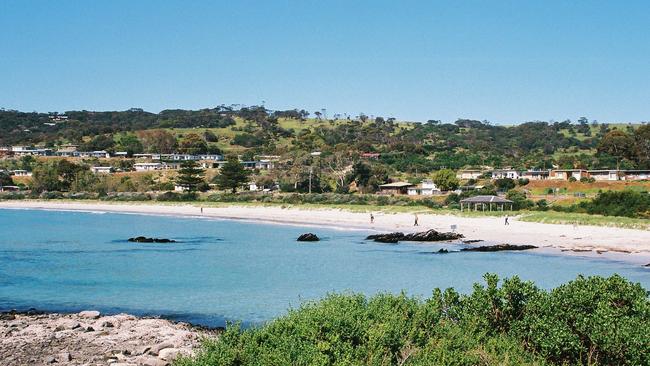
South Australia’s Kangaroo Island is also scoring wins as a regional port; the number of cruise ships has soared since 2011-12, when just one called in. Last season, the total was 19 ships; for the upcoming season, the island is expecting 30 visits (part of 87 visits scheduled for the state). The South Australian Tourism Commission credits increased marketing and product awareness and, most importantly, new infrastructure.
With input from cruise lines including Holland America Line, Princess, P&O and Cunard, the tourism commission designed and funded the southern hemisphere’s first double-pontoon landing structure. Passengers are tendered to the structure at the island’s Penneshaw Wharf from a nearby anchorage.
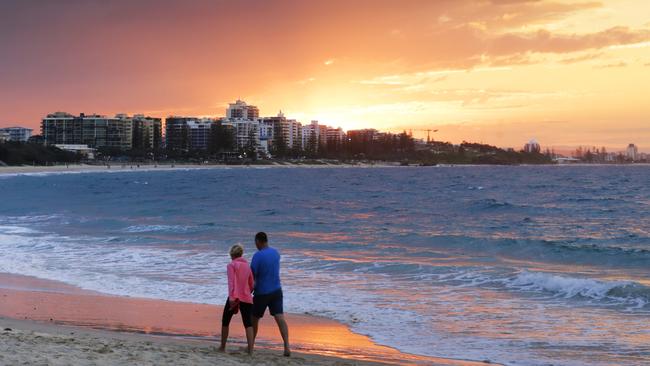
Mooloolaba on Queensland’s Sunshine Coast is a relative cruise newcomer. After starting with seven ships in 2015-16, it’s expecting 14 calls in the coming season. Passengers can explore the region by visiting attractions such as the Eumundi Markets, Australia Zoo and the Ginger Factory.
However, Mooloolaba has discovered that life as a cruise port isn’t always smooth sailing. Despite careful planning and preparation, adverse weather can mean a cruise ship simply never makes its planned call. Visit Sunshine Coast chief executive Simon Latchford has seen this happen when big summer swells hit, making it too treacherous to tender passengers ashore. “Three, four or five times a year we do lose ships due to inclement weather but, at the end of the day, that’s the price you pay for being able to have that natural amphitheatre [of a harbour],” he says.
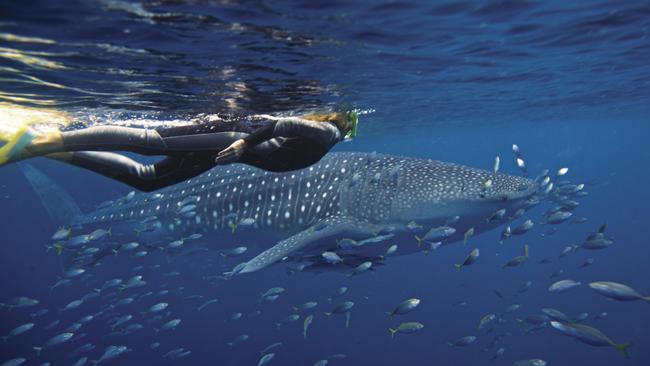
Western Australia’s Exmouth, gateway to the World Heritage-listed Ningaloo Coast, where visitors can swim with whale sharks from March to August and humpback whales from August to November, is experiencing similar issues. Ben Knaggs, from Exmouth’s cruise ship welcome committee, says ships must anchor offshore in Exmouth Gulf. “That obviously leaves us at the mercy of weather, so if we have anything up around 20 knots or more, that means cancellation of the visit,” he says. Last year, nine visits were scheduled between February and November and one was cancelled. This year has seen two so far.
Those numbers might not sound significant but they equate to thousands of disappointed passengers, some of whom booked the cruise mainly to experience Exmouth’s attractions. This level of mass disappointment is a nightmare for cruise lines and can be enough to turn a line off a destination.
Those brave enough to gamble on Exmouth, though, will find a new attraction on offer. Over the past week, fish finally arrived in the Ningaloo Interpretation Centre’s much-anticipated aquarium.
